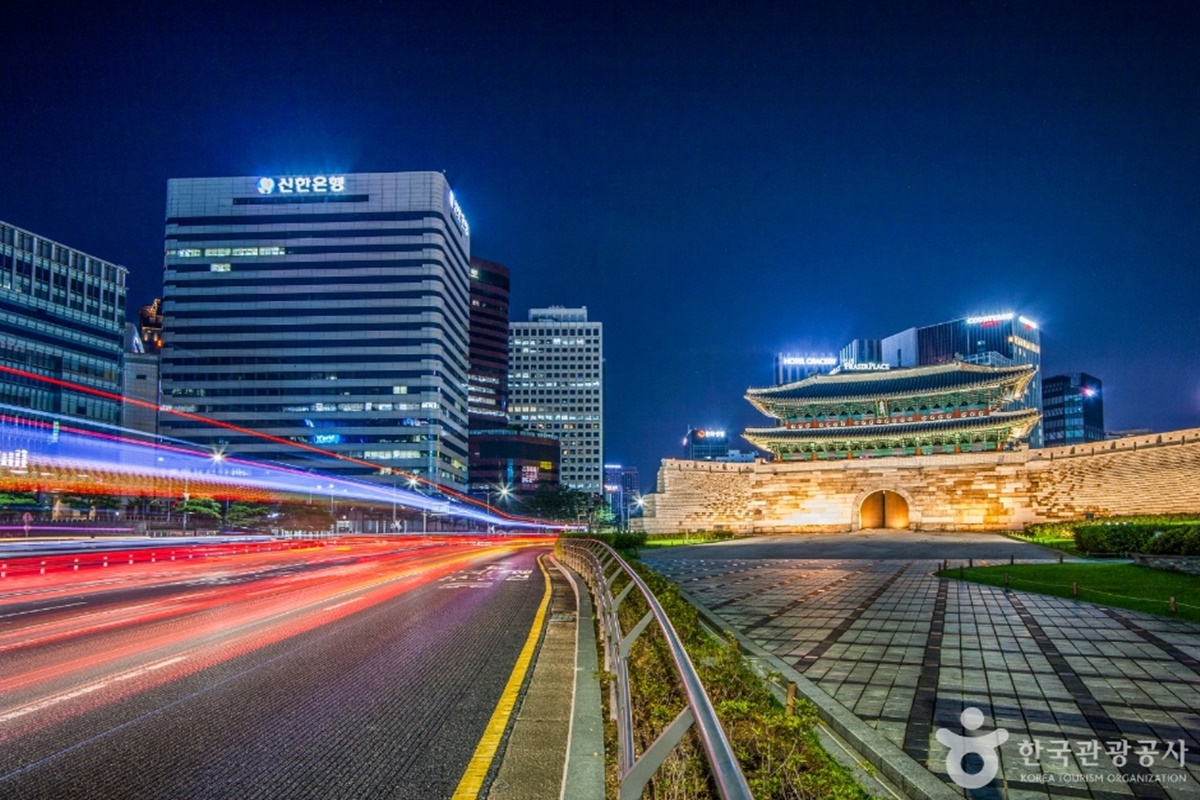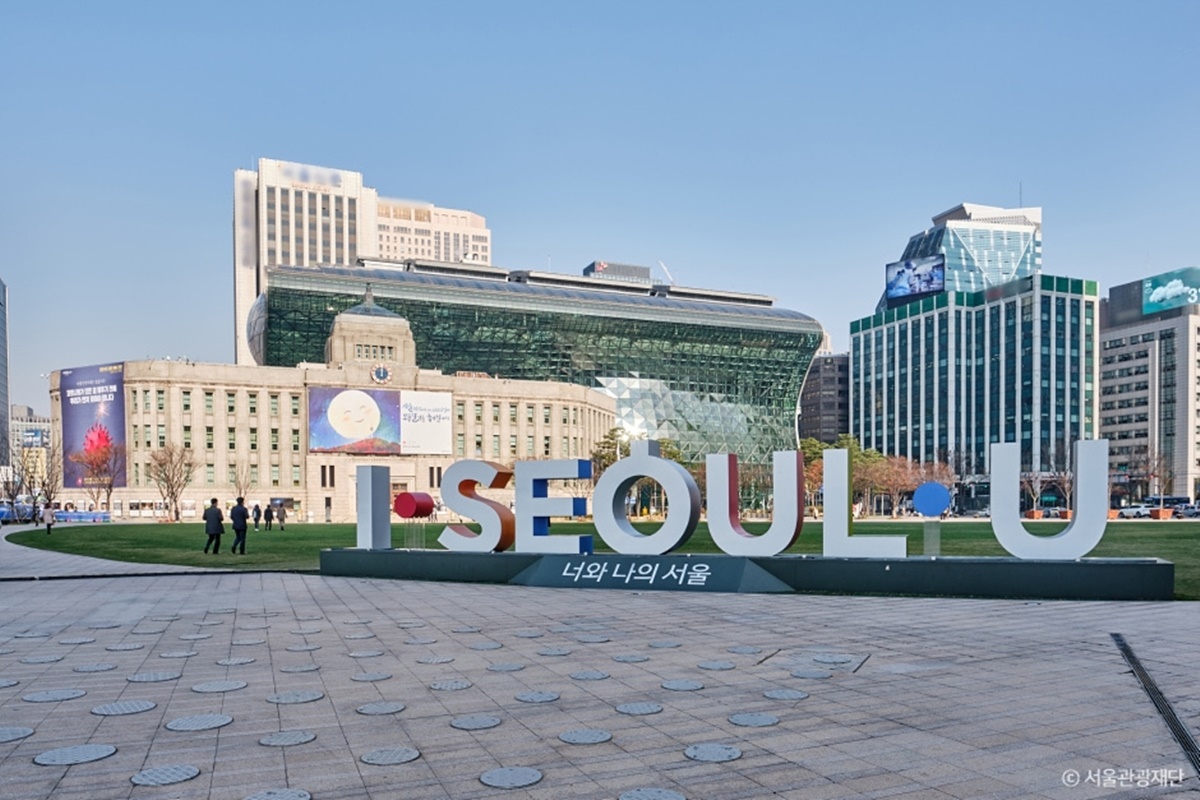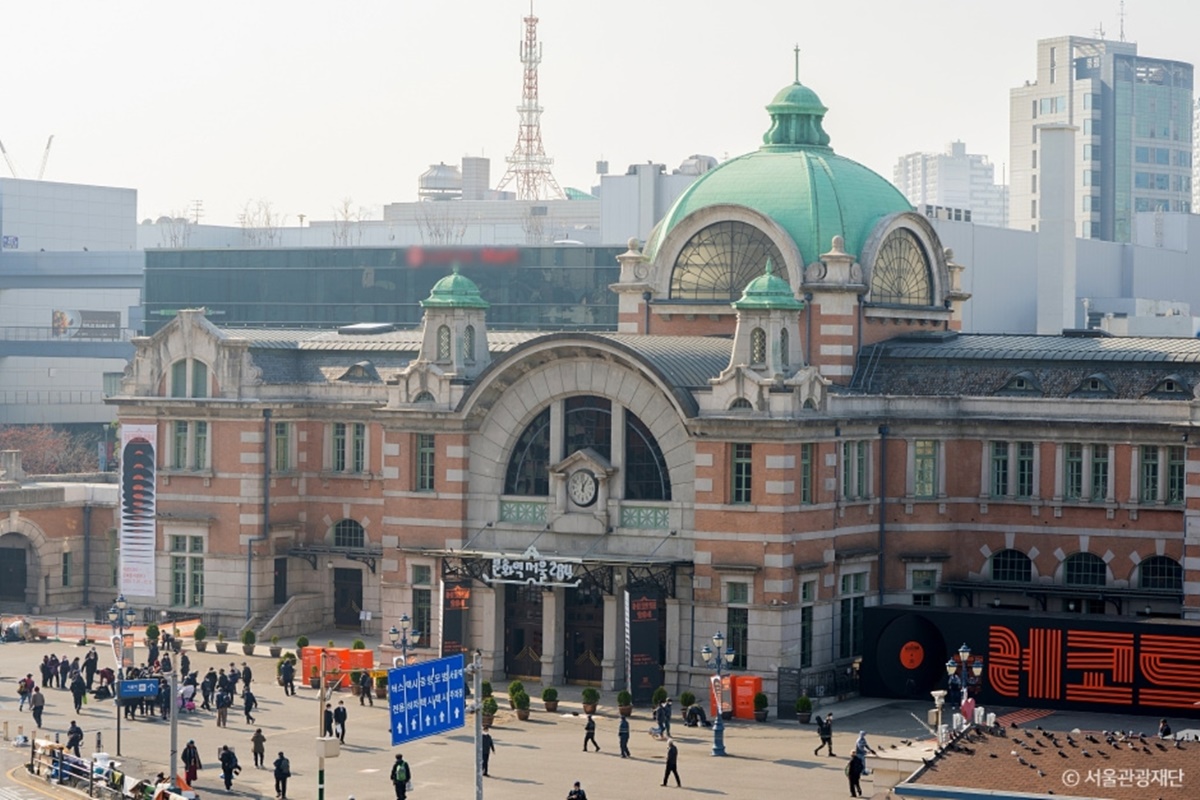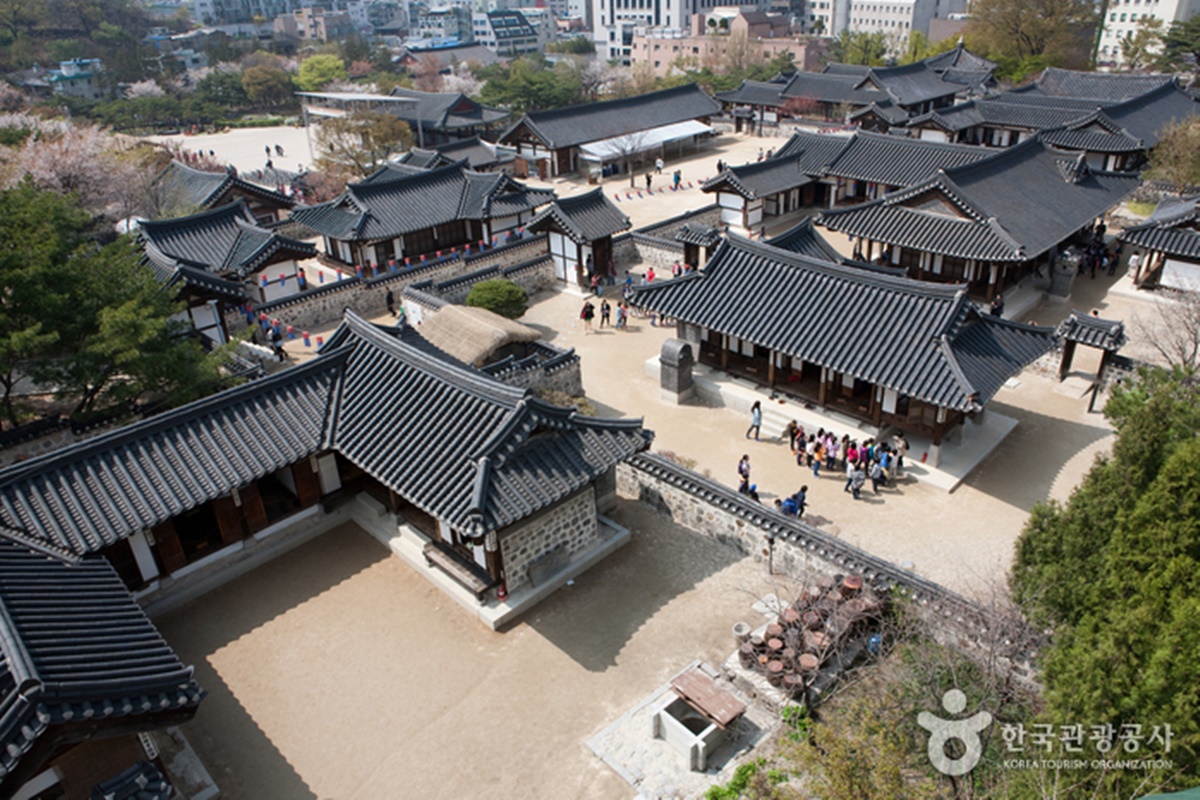If you need a quick KETA application, we're here to help, so click the Apply button to apply for the KOREAETA.
The recently introduced K-ETA is a mandatory requirement when visiting Korea. Including Seoul.
If you are approved by KETA, you can enjoy a pleasant trip in Seoul. From Deoksugung Palace, Sungnyemun Gate, Seoul Plaza, Culture Station 284, and Namsangol Hanok Village!
We will help you get K ETA approval quickly.
Seoul is the capital of South Korea, a metropolis with urban life and a rich historical heritage.
The Han River runs through the city, which is characterized by a modern skyline, skyscrapers, and sprawling shopping districts.
Joseon-era palaces, traditional hanok villages, and more are hidden in the city, giving Seoul a unique blend of past and present.
1. Deoksugung Palace

Deoksugung Palace is a Joseon-era palace in the center of Seoul, known for its historical value and architectural beauty.
It is one of the last palaces of the Joseon Dynasty and is a harmonious blend of Western-style buildings and traditional Korean architecture.
In particular, Deoksugung Palace's stone wall paths are a favorite walkway in all seasons, making it a popular spot for lovers and photographers.
The palace is also home to the Museum of Modern History, which provides an overview of Korea's modern history.
2. Sungnyemun Gate

Sungnyemun is South Korea's No. 1 National Treasure and is one of Seoul's most iconic historical attractions, built during the Joseon Dynasty.
It was originally one of the main gateways to the Seoul Fortress, and its grandeur and historical significance remain.
It was damaged by a devastating fire in 2008, but has since been restored to its former glory.
When you visit Sungnyemun, you can feel the breath of history along with the beauty of traditional Korean architecture.
3. Seoul Plaza

Seoul Plaza is a large public square located in front of Seoul City Hall and is used as a venue for various cultural events and gatherings.
It is a public gathering place and a space where various social and cultural issues unfold, showing the dynamic nature of Seoul.
In the winter, a skating rink is operated in the center of the square, providing fun for the public.
4. Culture Station Seoul 284

Culture Station Seoul 284 is a complex cultural space created by remodeling the old Seoul Station.
The number "284" refers to the old number of the original Seoul Station, and the space hosts a variety of cultural activities, including exhibitions, performances, and events.
This space, where the past and present coexist, is recommended for those who want to experience the culture and art of Seoul.
The architecture itself is also considered a work of art, blending historical values with modern sensibilities.
5. Namsangol Hanok Village

Namsangol Hanok Village is a collection of traditional Korean houses located in the center of Seoul, where you can experience traditional Korean living culture and architectural beauty.
There are five recreated hanoks that provide a glimpse into the lives of different classes of people during the Joseon Dynasty, and the village offers a variety of cultural programs, including traditional crafts, traditional tea tastings, and performances of Korean traditional music.The beauty of tradition contrasts with the modern skyline of Seoul.
There are many other attractions in Seoul, but these five are some of the most popular ones that capture the historical and cultural essence of the city.
By visiting them, you'll gain a deeper understanding of what makes Seoul so fascinating.
If you want to visit any of the beautiful tourist destinations in South Korea, including Seoul, applying for a K-ETA is an essential step.
With K-ETA, you can experience Korea more quickly and conveniently.